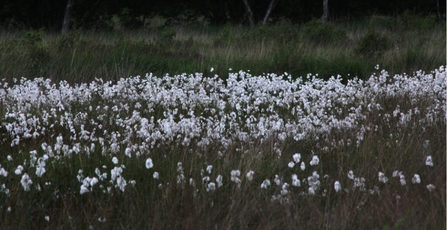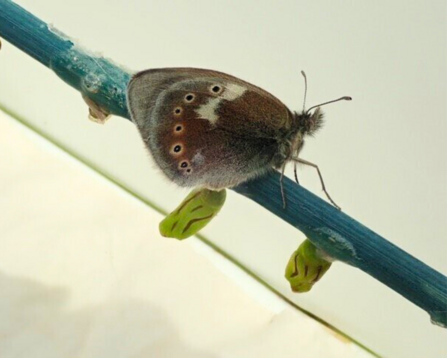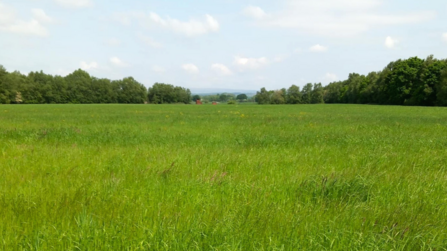Thanks to vital funding from Veolia Environmental Trust, the Wildlife Trust for Lancashire, Manchester & North Merseyside has been able to purchase land in the lowland peat bog region of Chat Moss, taking a step towards the Trust’s goal of creating a continuous ecological corridor in the area.
Situated just outside the village of Astley, the land is surrounded by the Astley and Bedford mosses, which are SSSI designated (Site of Special Scientific Interest) and the acquisition of this land would be the final piece in the puzzle.
Like many of our lowland peat bogs, the land had been drained to be used for agriculture and the degraded, exposed peat soil is now emitting large amounts of greenhouse gases into the atmosphere.
C02 emissions from damaged lowland peatlands equate to 3 per cent of UK annual greenhouse gas emissions and in our region, 98 per cent of our lowland peat bogs have been destroyed.



